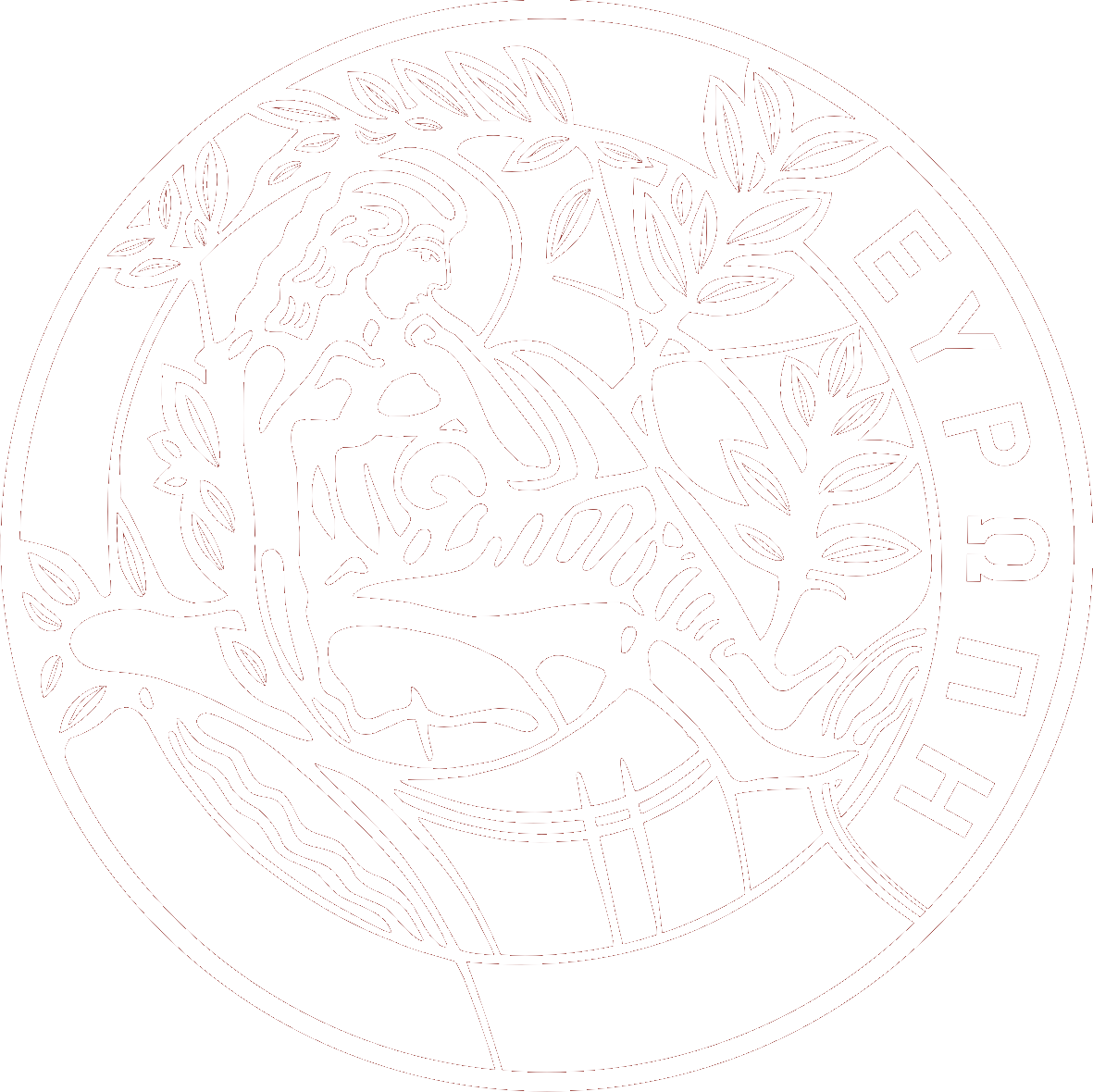Pavlina Karanastasi

Professor emerita of Classical Archaeology
E-mail: karanastasi[at]uoc[dot]gr
Extended CV: Click here
Professor emerita Pavlina Karanastasi was born in Athens in 1956. She studied Classical Archaeology, Ancient History and Egyptology at the University of Heidelberg (1974-1984), where she obtained her PhD. She taught at the Department of History of the Ionian University from 1987/88 to 2005 and at the Department of History and Archaeology of the University of Crete from 2005 to her retirement in August 2023. She has published in Greek, German and English and has edited books on Greek and Roman art.
Her research interests encompass art and society in Greek and Roman antiquity, the sculpture of the Archaic, Classical, Hellenistic and especially the Roman periods, the iconography of the Roman emperors, and questions of identity and ‘Romanisation’ in the eastern part of the Roman Empire.
Links:
Recent publications:
– “Roman sculptures from Salamis/Cyprus. A reappraisal”, in S. Rogge – C. Ioannou – T. Mavrojannis (eds), International Conference: Salamis of Cyprus History and Archaeology from the Earliest Times to Late Antiquity Conference in Nicosia, 21–23 May 2015 (Münster 2019) 591–608.
– “Πολυτελή αντικείμενα από μάρμαρο και ο “εκρωμαϊσμός” της Κρήτης” (= Luxury marble artifacts and the “Romanization” of Crete), in A. Delivorrias -–E. Vikela – A. Zarkadas – N. Kaltsas – I. Trianti (eds), ΣΠΟΝΔΗ. Αφιέρωμα στη μνήμη του Γιώργου Δεσπίνη (Benaki Museum, Athens 2020) 783–794.
– “Ακέφαλα εικονιστικά αγάλματα και προτομές” (= Headless portrait statues and portrait busts), in Th. Stefanidou-Tiveriou – N. Kaltsas (eds), Εθνικό Αρχαιολογικό Μουσείο. Κατάλογος Γλυπτών IV, 1. Γλυπτά των ρωμαϊκών αυτοκρατορικών χρόνων: πορτρέτα αυτοκρατορικά (ανδρικά, γυναικεία, παιδικά) (Archaeological Receipts Fund, TAPA, Athens 2020) 187–217, 449–469.
– “Η Ελεύθερνα στους ρωμαϊκούς χρόνους. Μια κρητική πόλη σε μια «παγκοσμιοποιημένη» κοινωνία” (= Eleutherna in roman times. A Cretan polis in a “globalized” word), in N. Chr. Stampolidis – M. Giannopoulou (eds), Η Ελεύθερνα, η Κρήτη και ο Έξω Κόσμος. Πρακτικά Διεθνούς Αρχαιολογικού Συνεδρίου 31 Μαΐου – 2 Ιουνίου 2018 Grecotel Creta Palace Ρέθυμνο και 3 Ιουνίου 2018 Μουσείο αρχαίας Ελεύθερνας (Athens – Rethymno 2020) 165–173.
– “Tradition und Innovation bei der Rezeption von Statuentypen im römischen Griechenland“, in J. Lipps – M. Dorka Moreno – J. Griesbach (eds/Hsg.), Appropriation Processes of Statue Schemata in the Roman Provinces -|Aneignungsprozesse antiker Statuenschemata in den römischen Provinzen (Reichert, Wiebaden 2021) 187–207.
– “Η αυτοκρατορική παρουσία στη Λάρισα μέσα από τα γλυπτά και τις επιγραφές” (= The imperial presence in Larissa through the sculptures and inscriptions), in: D. Damaskos – P. Karanastasi – Th. Stefanidou-Tiveriou (eds), Πλαστική στη ρωμαϊκή Ελλάδα: Νέα ευρήματα και νέες έρευνες. Διεθνές αρχαιολογικό συνέδριο, Αθήνα, 12–14 Δεκεμβρίου 2019 (Thessaloniki 2022) 201–214.
– “«Φούστα κλαρωτή…»: Η γυναικεία μορφή στο ανάγλυφο Λ 1680 από το ελληνιστικό «σπίτι Α» στο Νησί (Ελεύθερνα) και η λαϊκή τέχνη στα μνημεία” (= “A pleated skirt…” The female figure in relief Λ 1680 from Hellenistic House A at Nissi (Eleutherna) and folk art on monuments), in: P. Viglaki – N. Daskalakis – E. Kapranos – E. Mavrikou (eds), Aellopos. Studies in honour of Iris Tzachili (Athens 2023) 75–91.
– “Οι πολλές ζωές του αγάλματος της κρήνης Bembo στο Ηράκλειο” (= The multiple lives of the statue adorning the Bembo fountain in Heraklio), in A. Kioussopoulou – V. Foskolou (eds), Grata Dona. Μελέτες προς τιμήν της Όλγας Γκράτζιου (PEK, Iraklio 2023) 163–199.
– “Το αγαλμάτιο Σκύλλας από την Ελεύθερνα και η λειτουργία του” (= The Skylla statuette from Eleutherna and its function), in: M. Stefanakis – M. Giannopoulou – M. Achiola (eds), Πολύτροπος: τιμητικός τόμος για τον καθηγητή Νικόλαο Χρ. Σταμπολίδη (Rethymno 2023) 360–380.
